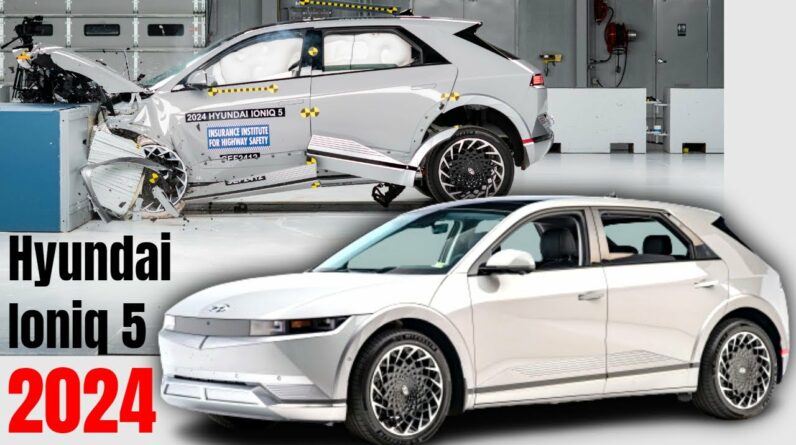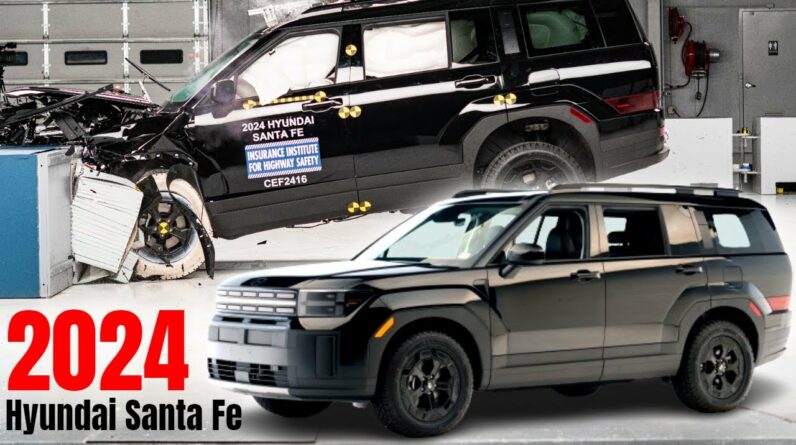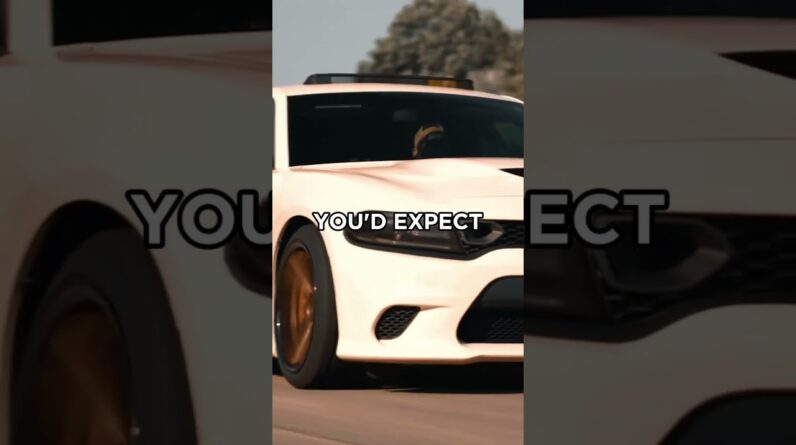With the MEB architecture, Volkswagen is returning to its roots—the electric motor is located at the rear, just like the original Beetle. The motor is located above the rear axle, just in front of the centerline of the wheels, and transfers its torque to a two-stage 1-speed gearbox. It is ideally placed for agile handling and traction, and nearly silent. In fact, it’s so quiet that a synthetic sound is generated up to speeds of about 20 mph to aid pedestrian and cyclist awareness.
The AC permanent-magnet synchronous motor puts out 201 horsepower and 229 pound-feet of torque that is available instantly. A powerful, all-wheel-drive variant with a second electric motor will follow later in 2021.
One of the main strengths of the permanent magnet synchronous motor is its efficiency—well above 90 percent in almost all driving situations. During the manufacturing process, Volkswagen uses a complex piece of technology known as a hairpin winding: the stator’s coils are made from square copper wires, which after bending, are visually similar to hairpins. This hairpin winding technique enables the wires to be packed more tightly. As result, there is more copper in the stator—power and torque are increased, while cooling is more efficient. The electric drive unit only weighs about 200 pounds, including the motor, gearbox and power and control electronics for the electric drive, and fits into a duffle bag. The electric drive, the battery system and other essential components of the ID.4 are produced by the Volkswagen Group Components sites in Kassel, Braunschweig and Salzgitter, Germany.
At launch, the vehicle will be offered with an 82kWh (gross) battery pack with an EPA-estimated 250 miles of range on a single charge for the Pro S and 1st Edition models. The EPA-estimated fuel economy for the Pro S and 1st Edition models is 104 MPGe for city driving; highway driving is rated at 89 MPGe, and combined city/highway at 97 MPGe.
The ID.4 can provide as much as $3,500 in estimated fuel cost savings over five years compared to the average gas vehicle.
The battery is comprised of 288 pouch cells in 12 modules. It is positioned in the underbody to create a low center of gravity for optimal driving dynamics as well as extremely well-balanced weight distribution and weighs 1,087 pounds.
Around a fifth of the battery’s weight is accounted for by the housing. This is a scalable aluminum construction whose interior framework is made from extruded and pressure-cast profiles. The housing is bolted to the frame, helping to improve bodyshell rigidity. A strong all-round frame made of extruded aluminum sections protects the battery system against damage in the event of an accident, and the battery is also disabled if the vehicle is involved in a serious accident. A replaceable aluminum underbody panel protects the battery against the road.
The temperature of the battery modules is controlled using a floor plate with built-in water channels. The thermal management system keeps the battery in the ideal temperature range of around 77 degrees Fahrenheit at all times, benefiting power output, fast DC charging, and the battery service life. The High-Voltage System Limited Warranty provides that the battery will still have at least 70 percent of its original capacity after eight years of operation or 100,000 miles, whichever occurs first.
The ID.4 can be charged with both alternating current (AC) and direct current (DC) fast-charging capability. All ID.4 models are equipped with a CCS (Combined Charging System) socket, which allows for both home and public charging. The 11 kW onboard charger allows the ID.4 to charge to full in as little as seven and a half hours at a home or public Level 2 charger.
At a public DC fast-charging station, with 125 kW charging, the ID.4 can go from five to 80 percent charged in about 38 minutes. The 2021 ID.4 comes with three years of unlimited charging at Electrify America DC fast chargers at no additional cost, helping to inspire range confidence. Volkswagen customers will be able to manage their charging plan through the Electrify America app.
Electrify America is the nation’s largest open DC fast charging network with more than 555 charging stations and more than 2,400 DC fast chargers, including two cross-country routes to take electric vehicle drivers from Washington D.C. to L.A and Jacksonville to San Diego. To meet current and future demand, Electrify America continues to expand rapidly, with plans to install or have under development approximately 800 total charging stations with about 3,500 DC fast chargers by December 2021.
#vw
Get More Great Car Videos – Subscribe: https://goo.gl/BSIaFc
Audio used with permission courtesy of quickcarreview.com







